In 2024, most of North America benefits from modern day-ahead markets: run by an operator, they enable a whole ecosystem of buyers and sellers to trade anonymously with each other, with clearing prices for each hour. These day-ahead markets increase financial and operational efficiency, lower average energy prices, stabilize the grid, and connect renewable generation to far-flung demand peaks.
Ten years ago, in 2014, CAISO rolled out the Western Energy Imbalance Market – a real-time energy market for the West. Since then, it has provided an estimated $5B in benefits to its participants. But for all of WEIM’s accomplishments, the West still lags behind in day-ahead market availability.
Extreme weather is driving a need for increased grid reliability and resiliency. A growing demand for electricity means that a lot of people are willing to invest upfront for lower energy prices in the long run. And the Western United States has abundant renewables that urgently need to be integrated into the grid: solar power in California, wind and solar in the Southwest, and hydropower in the Pacific Northwest.
To meet this need, two market operators have announced their intention to facilitate day-ahead markets: CAISO, with its Extended Day-Ahead Market (EDAM), and SPP, with its Markets+. Both are vast improvements over the status quo. Now, utilities and power producers are in the position of having to evaluate both and commit to just one.
Each offers extended and thorough services – and each utility and power producer evaluating these markets will undoubtedly have a preference based on the finer points of market design and tariffs. Utilities will also take into consideration the likely actions of their neighbors, in order to not only have access to important trade partners but also to manage logistics and scheduling concerns around transmission infrastructure. Finally, questions around governance are likely to impact many leaders’ decisions.
CAISO: Serving California, and the West
California’s EDAM has been in the works for a while. Market design was already underway in 2021, and several third-party analysis groups have studied the market design and its likely outcomes.
In December of 2023, FERC accepted the tariff structure – giving potential market participants visibility into their new market. In 2026, PacifiCorps and CAISO will join in EDAM’s initial launch. More organizations are lining up to join in 2027. This confidence about market launch timing, coupled with the relatively fast timeline, has the potential to be a major factor in some organizations’ decisions.
CAISO’s status as the market operator for WEIM signals its competency to many in the West. However, being a California entity, explicitly beholden to California ratepayers and led by officials appointed by the California governor, means that some non-California market participants may have reservations about putting all their eggs in CAISO’s basket.
SPP: Integrating the Western grid, step by step
Throughout EDAM’s development process, the majority of utilities in the West have taken a “wait and see” approach, indicating their enthusiasm without fully committing to join. Despite CAISO’s size and influence, it’s not the only market operator in the West. Southwest Power Pool (SPP) has put forth Markets+, a day-ahead market that is currently competing with EDAM for participants.
SPP benefits from independent governance and legitimate experience as it builds credibility and influence among Western market players. In addition to its RTO in several Midwest and Central states, it has been expanding its “Western Energy Services” family of contract-based products to non-RTO market participants for several years now. These include the Western Energy Imbalance Service (WEIS), which has offered real-time balancing services since 2021; Reliability Coordination services; and WRAP, the Western Resource Adequacy Program. It was a natural step, then, for SPP to announce “Markets+,” which is now in Phase 1 of its development and boasts 36 committed participants.
SPP filed its tariff with FERC on March 29th, and is hoping to have approval by the end of the year. Given this timeline, a 2027 launch is expected.
New Considerations for Utilities
As you can see, utilities, power producers, traders, and ratepayers have a lot to gain from increased grid integration. As market participants decide which day-ahead market to join, they must consider politics and governance, specific market services and capabilities, the choices of their peers, and transmission strategies. It’s a big decision!
But once that decision is made, there is plenty of work to do to implement it.
One key piece of that implementation is ensuring that you have accurate day-ahead forecasts. With prices expected to drop, on average, every player must adapt to changing financial dynamics (https://www.nrdc.org/bio/kelsie-gomanie/western-electricity-grid-entering-its-day-ahead-market-era). As more trades happen between more players, trading will also happen more frequently. Optimizing renewable generation sales, strategizing hydroelectric resource dispatch, and meeting grid-level and meter-level demand will each require a forecast that offers the same hourly granularity.
Fortunately, Amperon already offers industry-leading demand and renewables forecasts for all of North America. Get in touch with us today – you’ll be ready for anything the new day-ahead markets throw at you.
Sources:
- https://www.westerneim.com/Documents/weim-benefits-report-shows-another-historic-milestone.pdf
- https://www.nrdc.org/bio/kelsie-gomanie/western-electricity-grid-entering-its-day-ahead-market-era
- https://www.westerneim.com/Documents/weim-benefits-report-shows-another-historic-milestone.pdf
- https://spp.org/western-services/marketsplus/
- https://www.newsdata.com/clearing_up/briefs/markets-tariff-goes-to-spp-board-for-final-ok-before-ferc/article_d8647b96-dda1-11ee-8152-73ac34ed42a1.html
- https://www.utilitydive.com/news/spp-files-west-markets-tariff-day-ahead-FERC/711952/



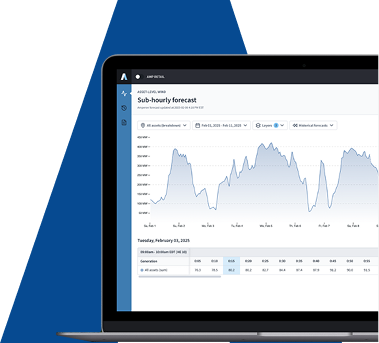
.svg)


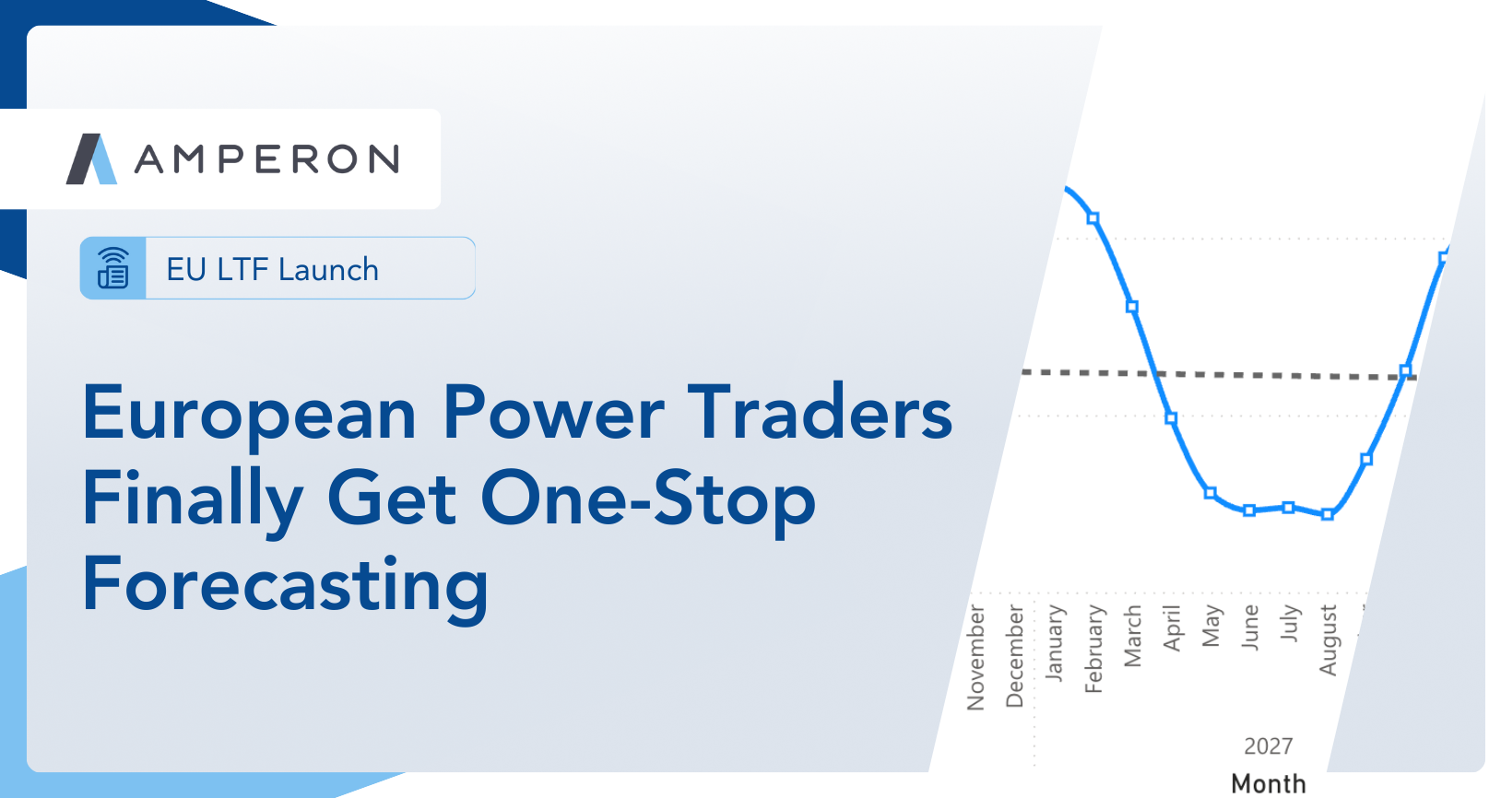
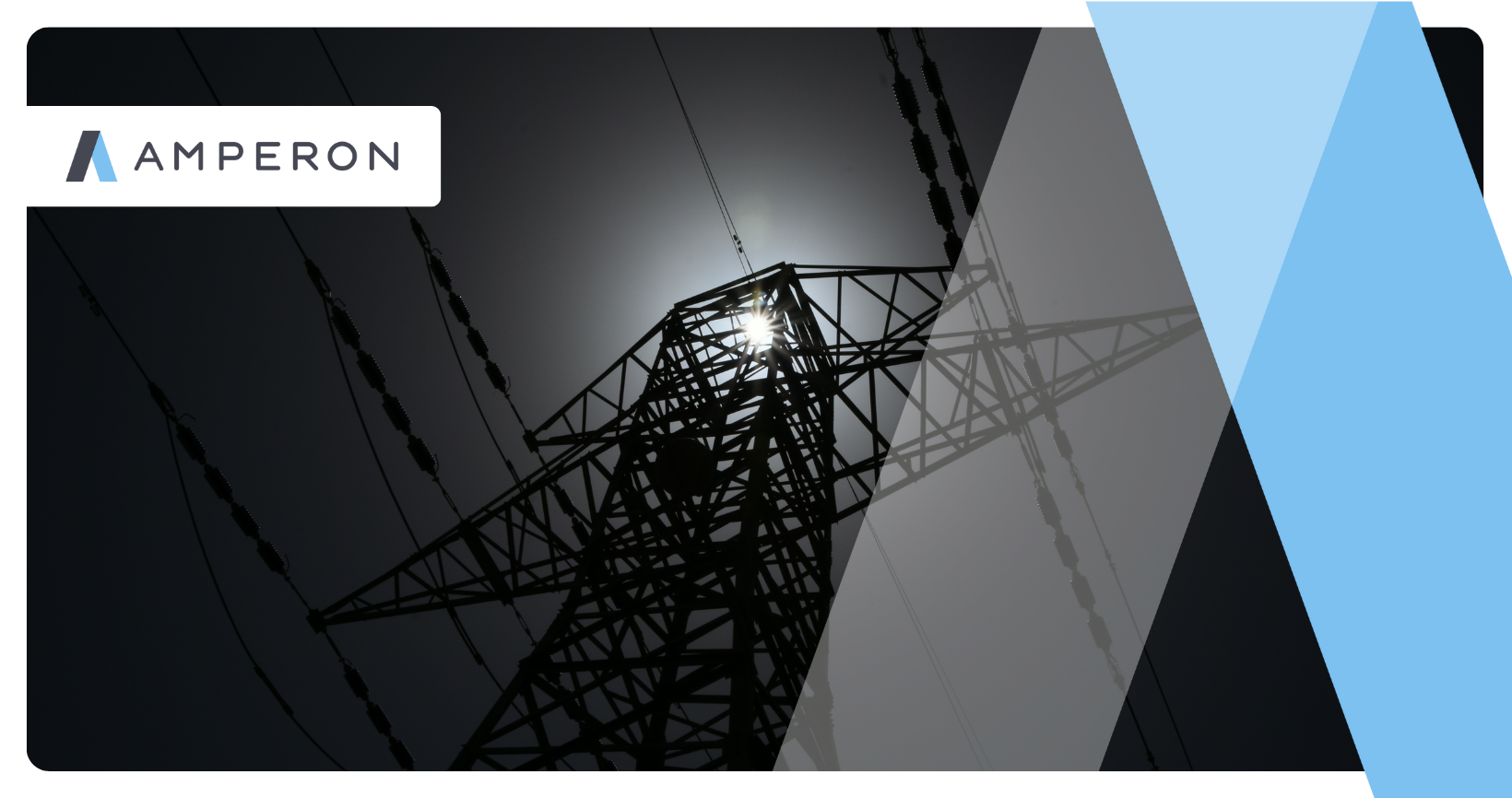

%20(3).png)
%20(2).png)
%20(1).png)



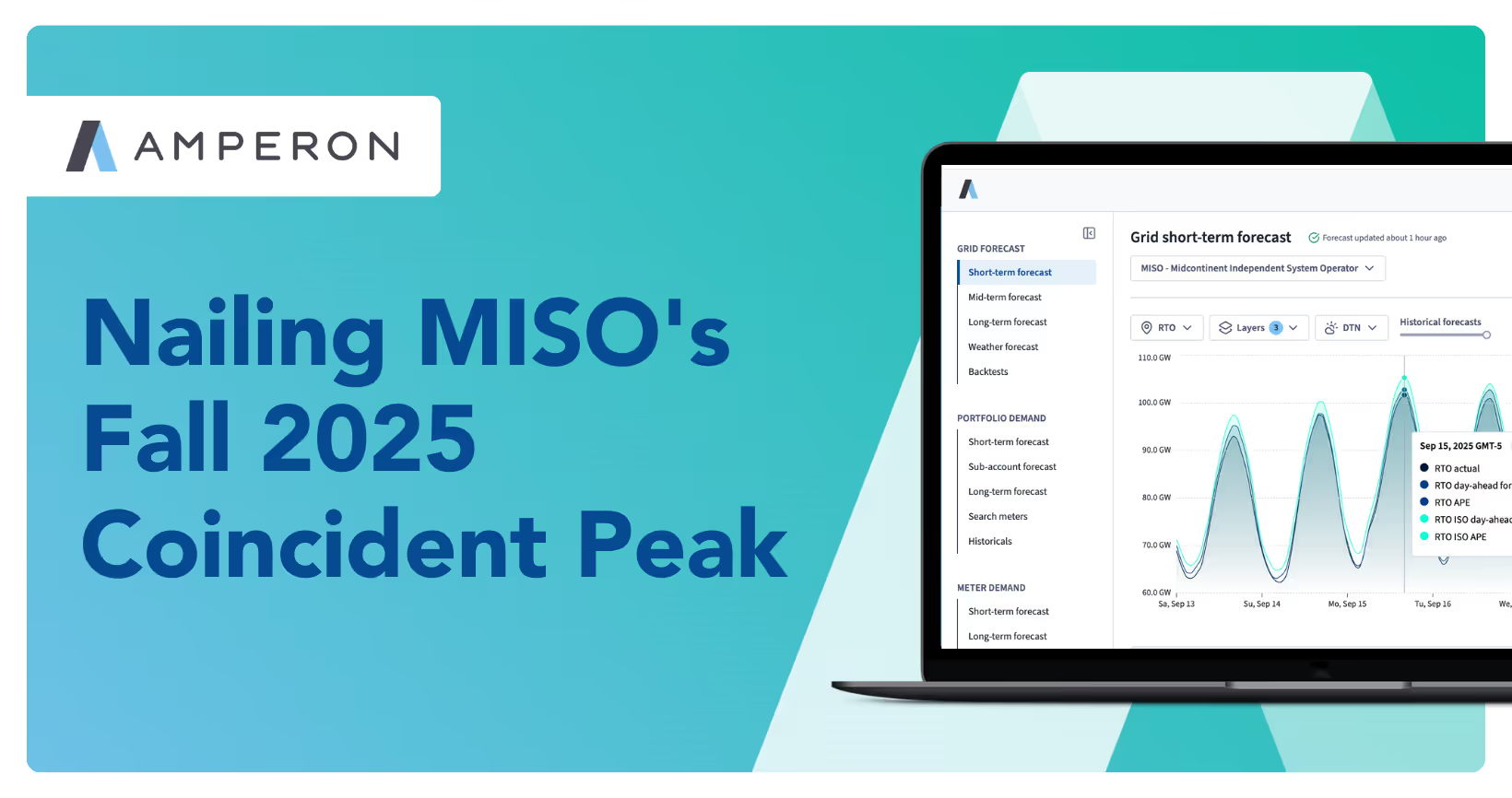


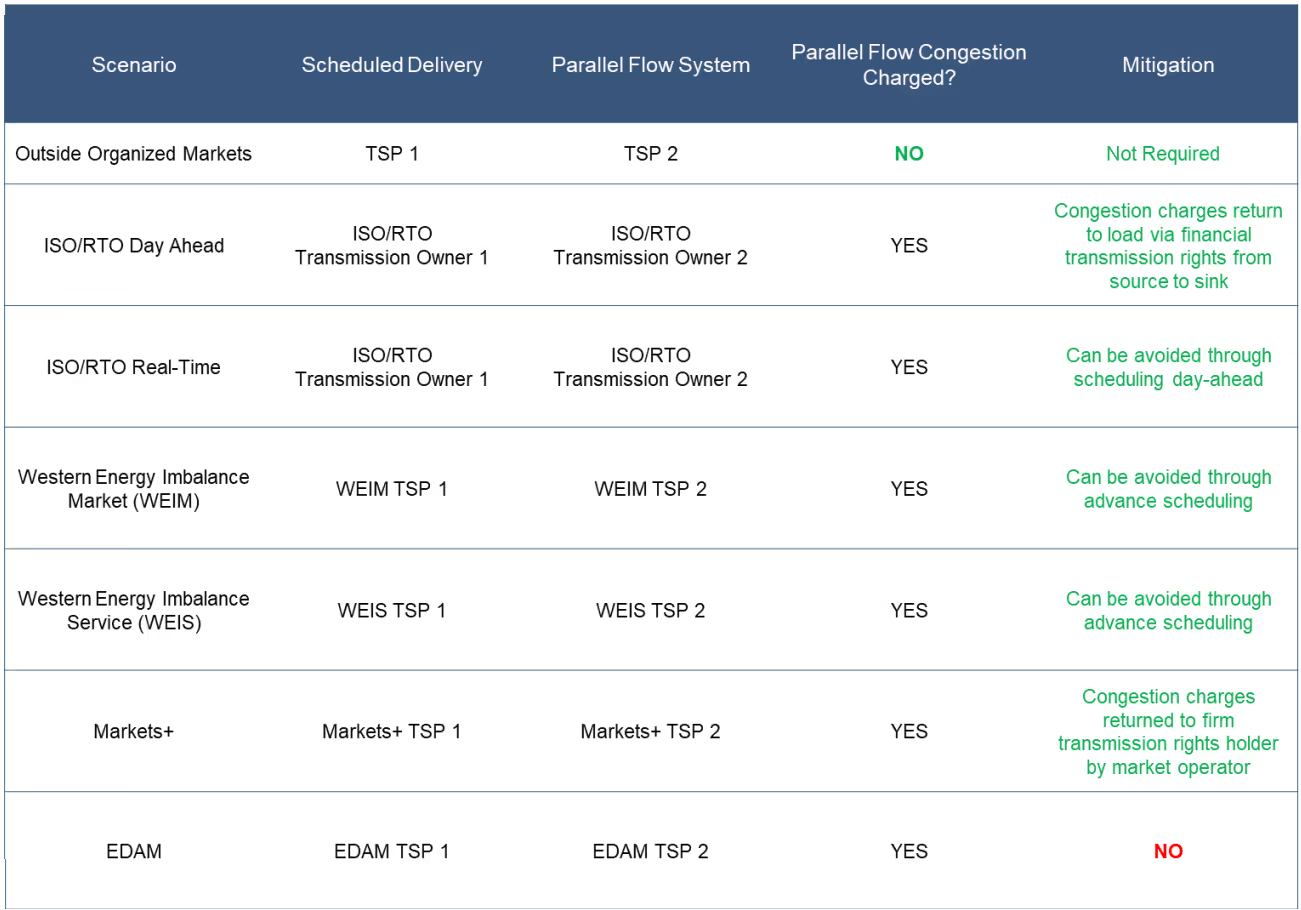
.png)

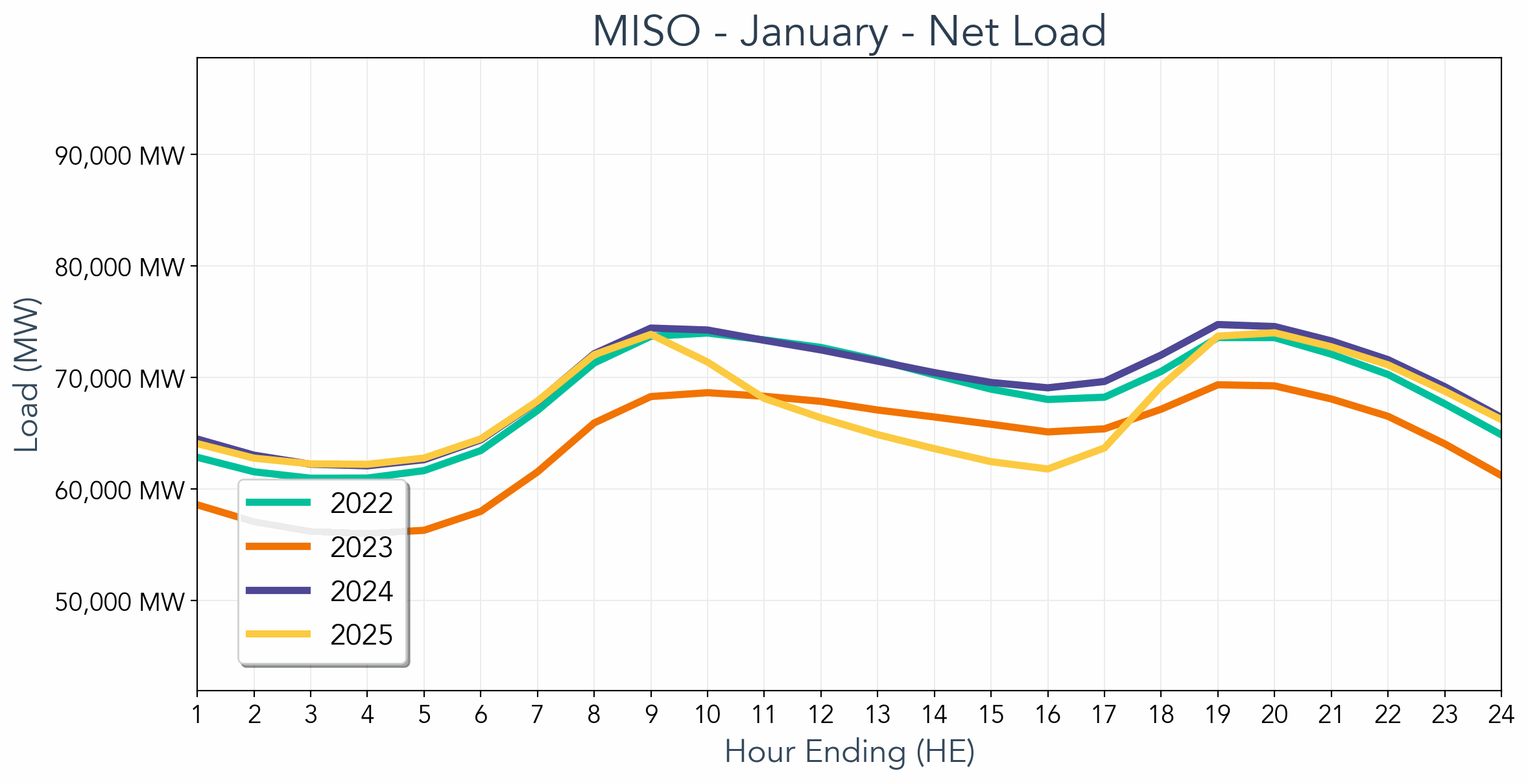

.avif)



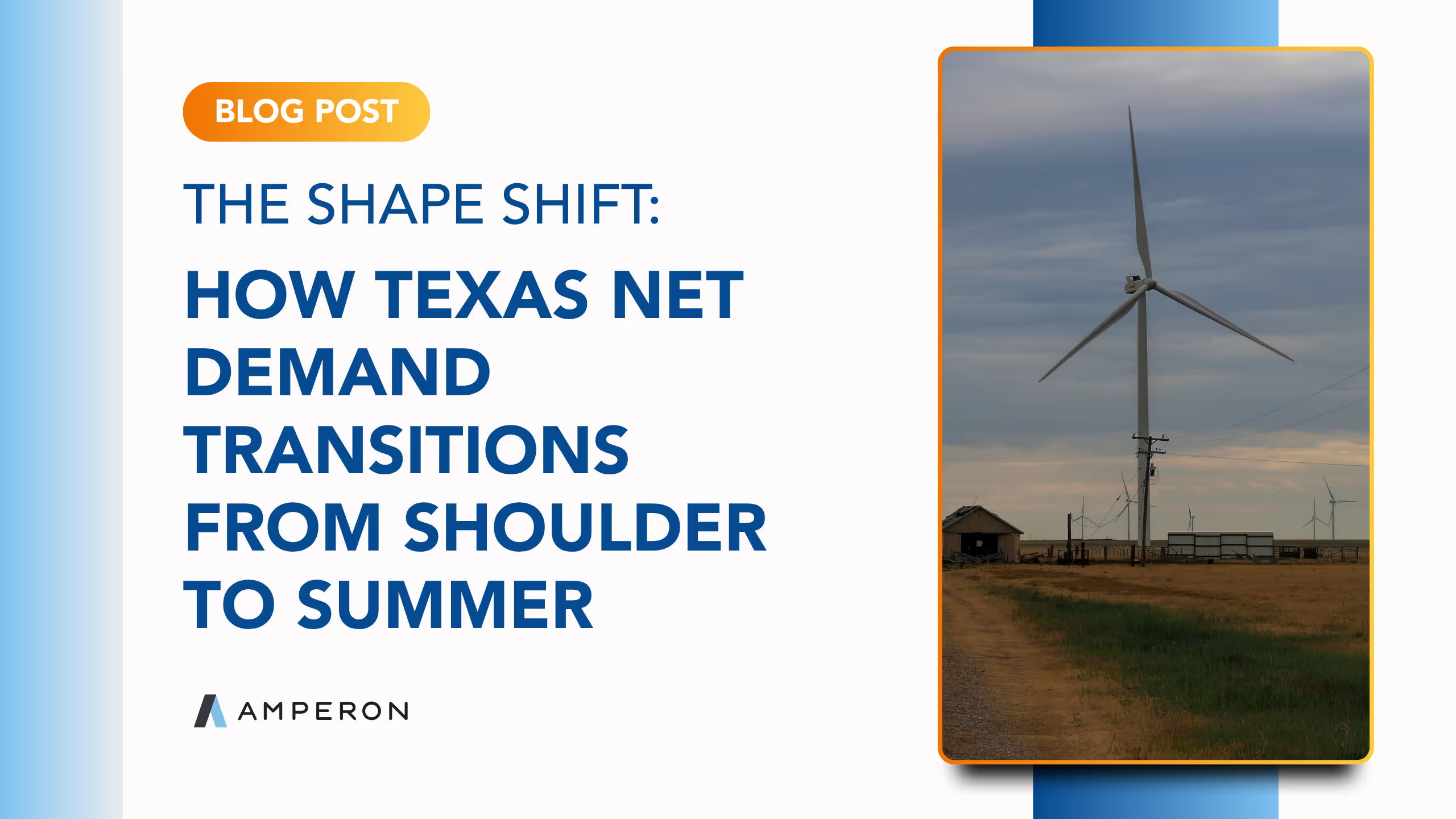
.avif)
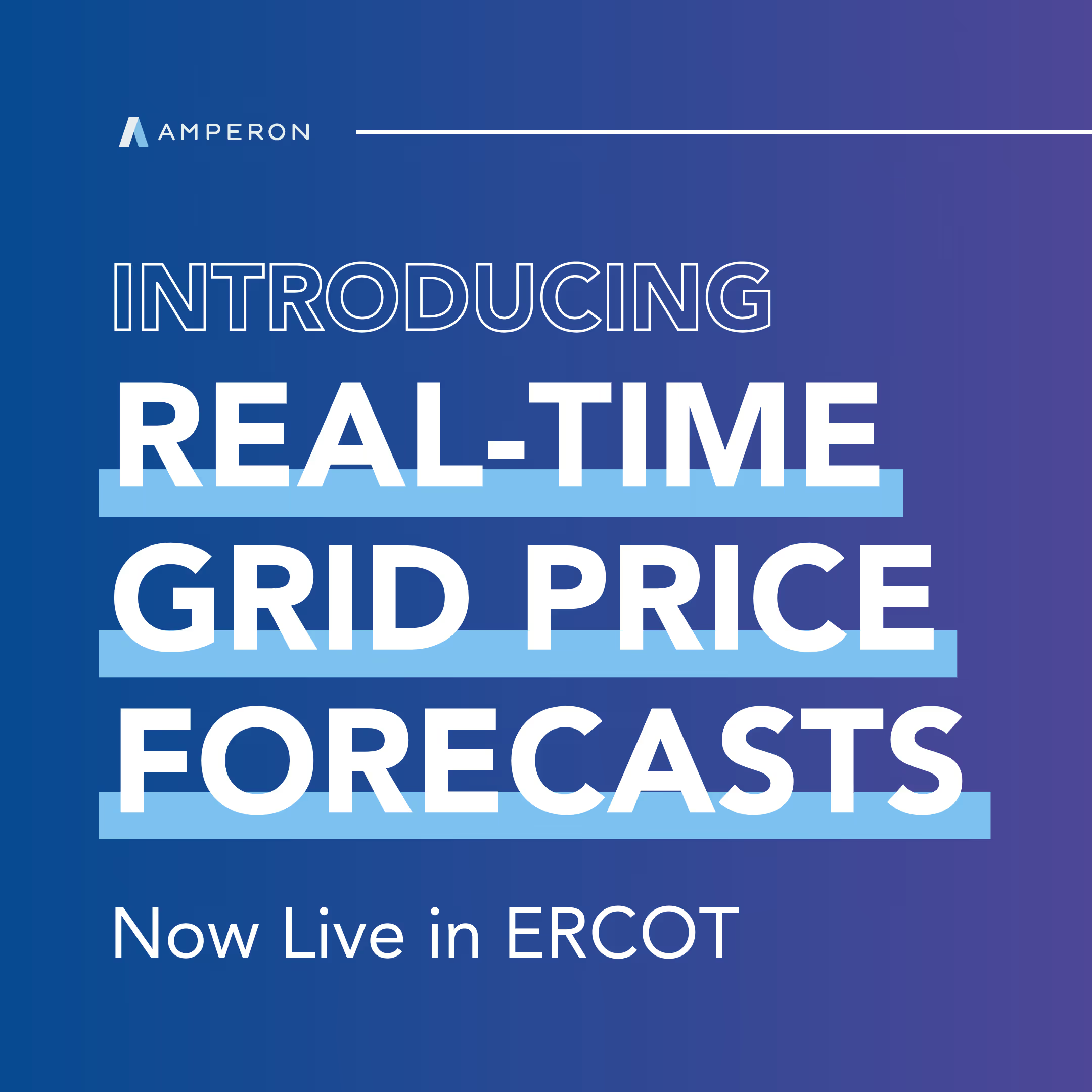
.avif)
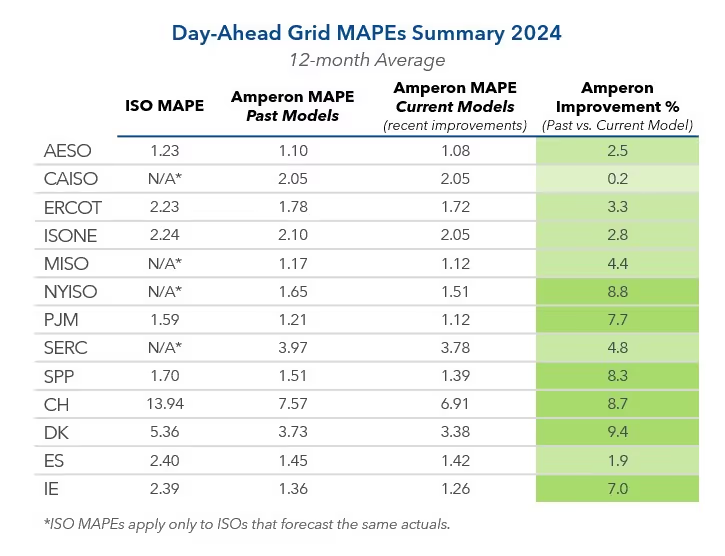

.avif)


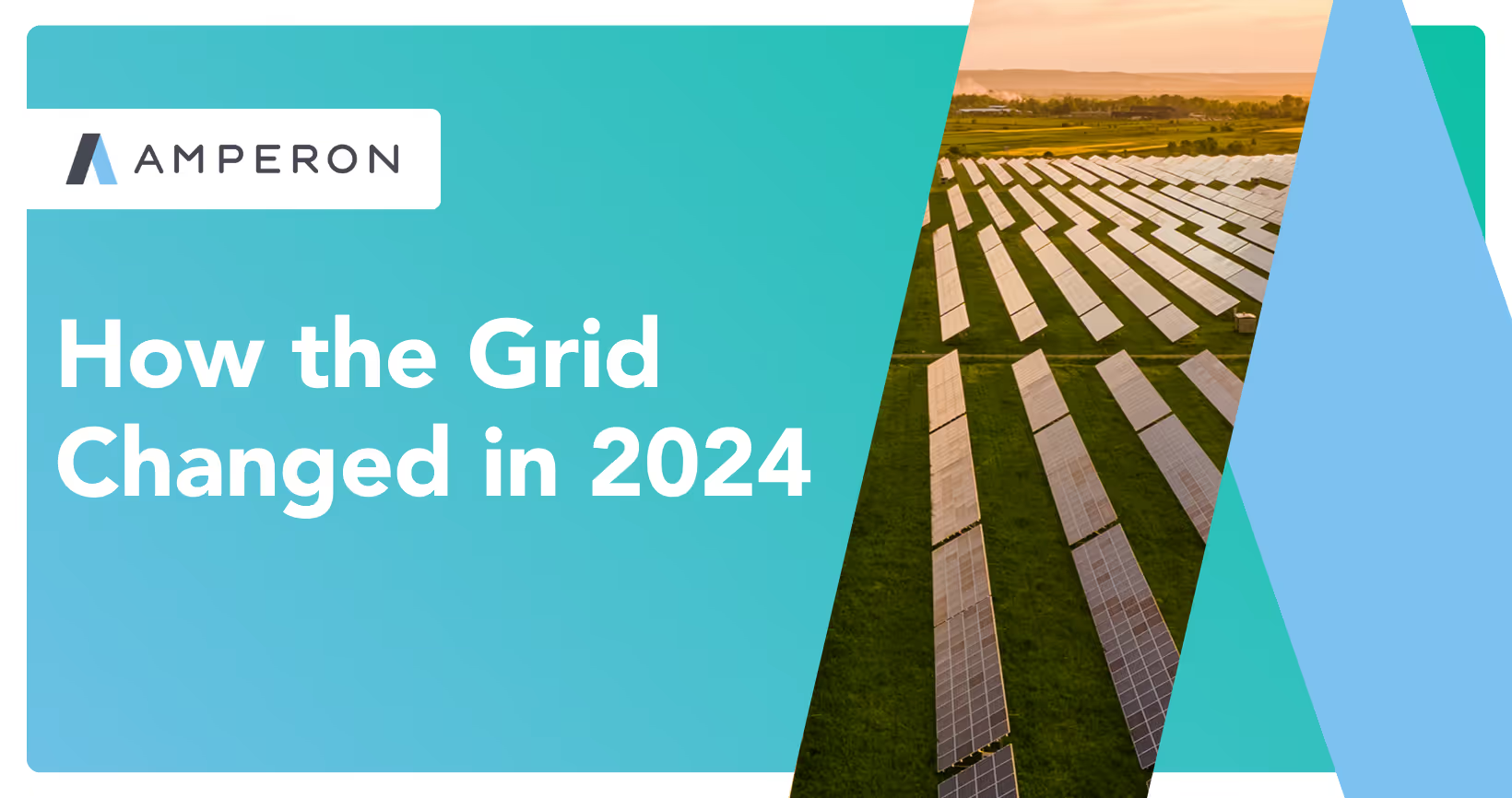
.avif)
%20(15).avif)
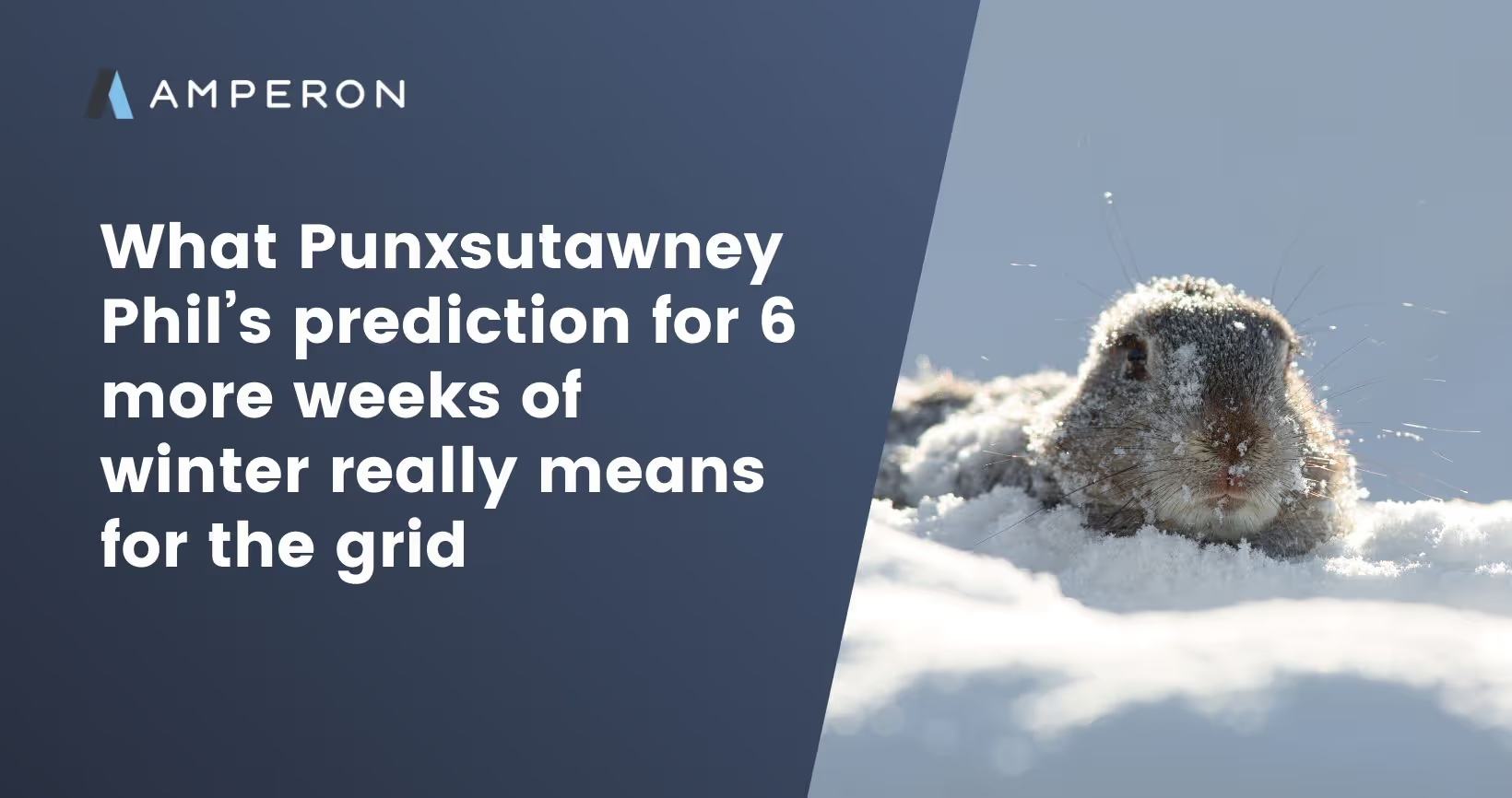
.avif)
%20(10).avif)

.avif)


.avif)

.avif)



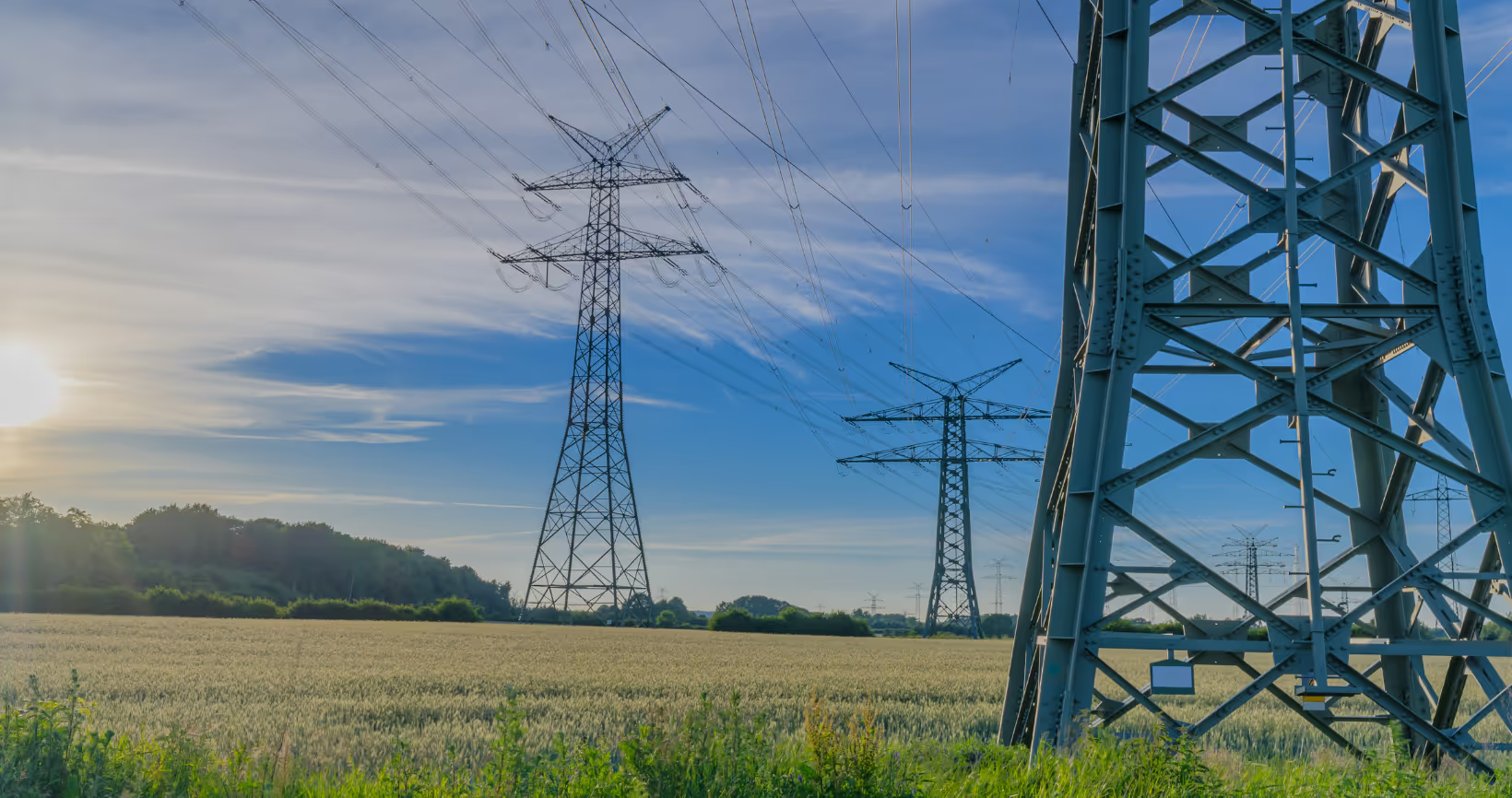


.avif)
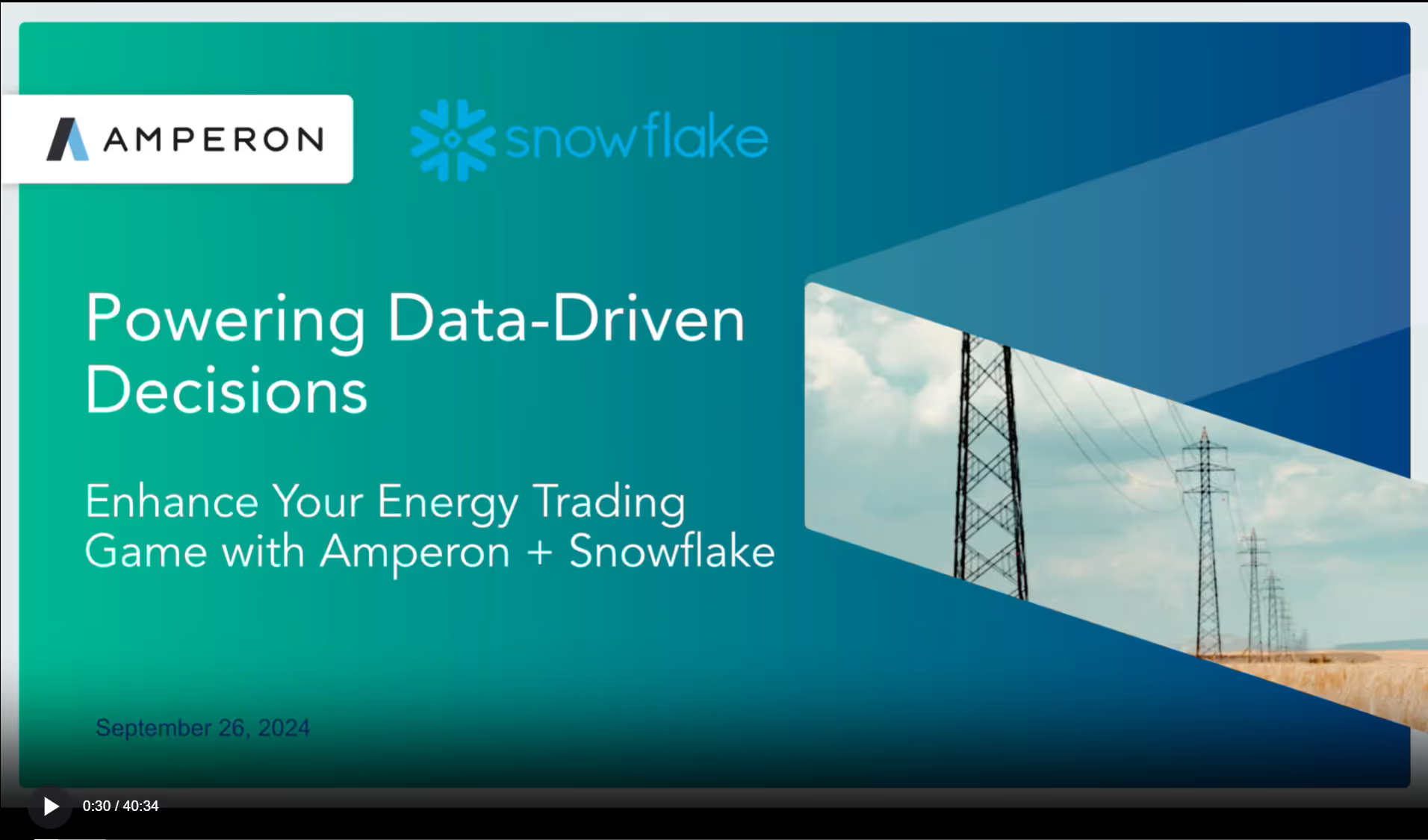


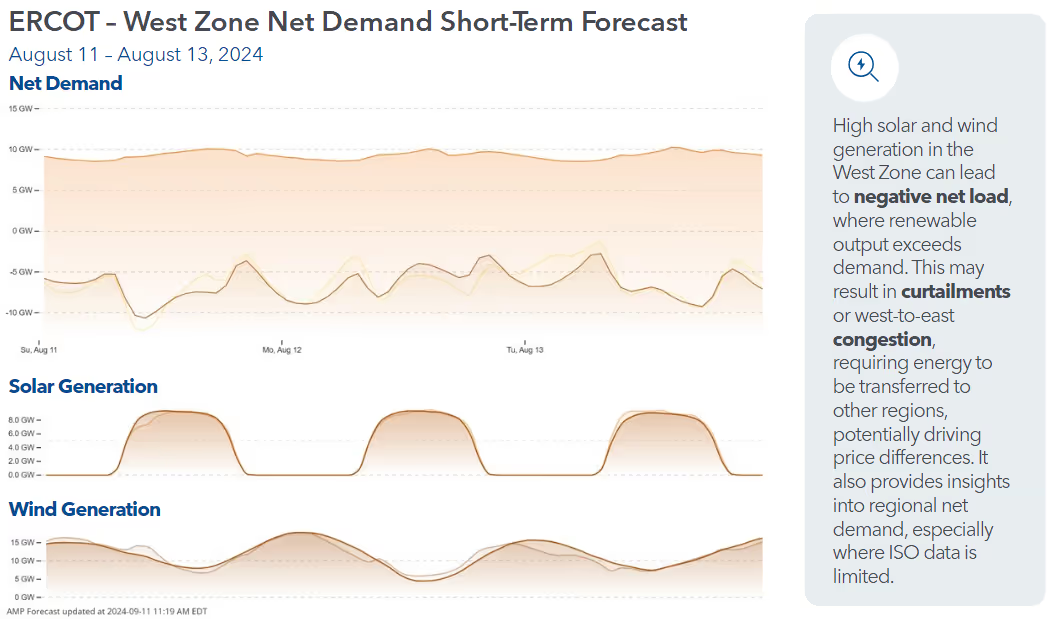
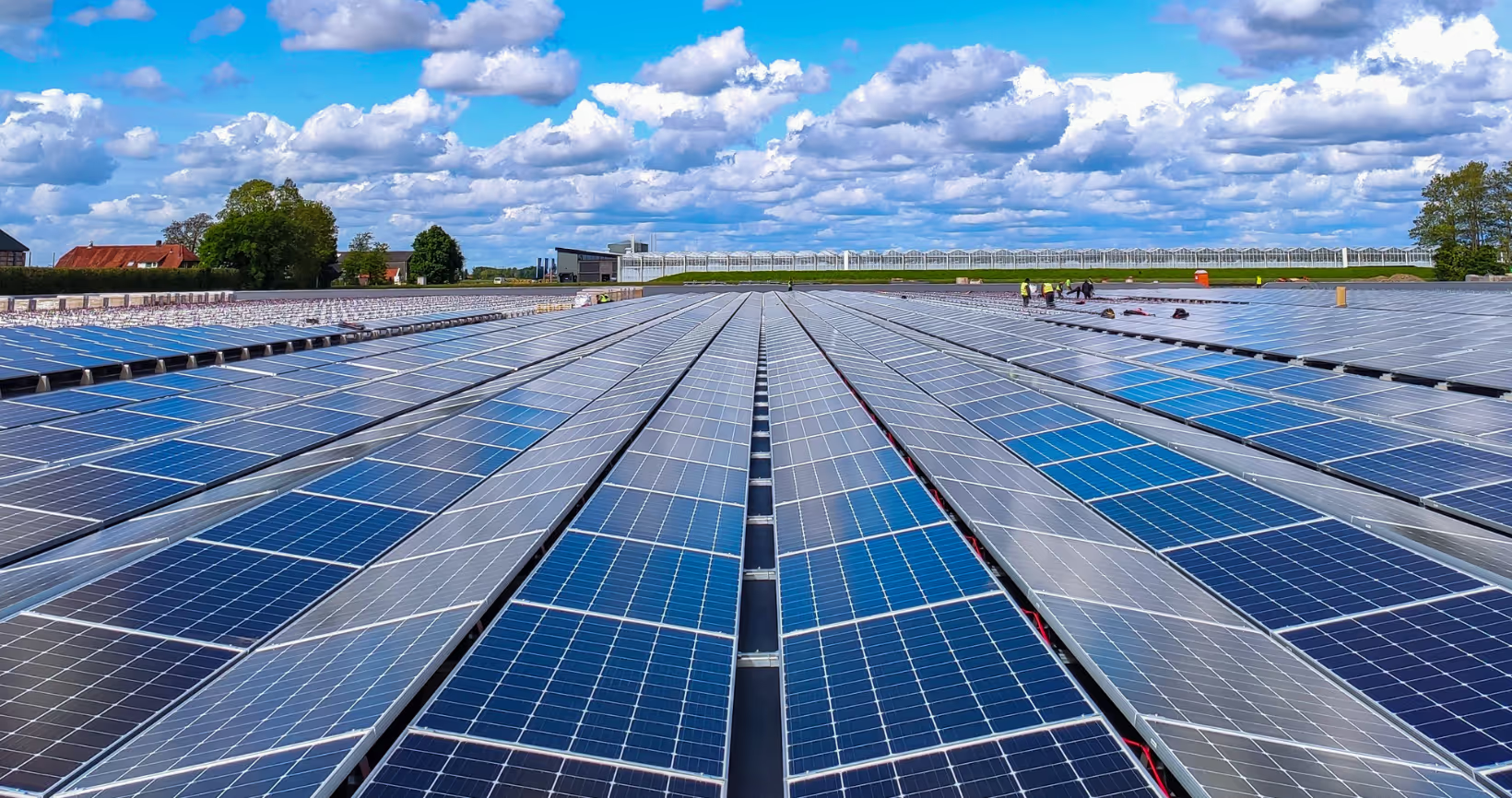




.avif)

.avif)




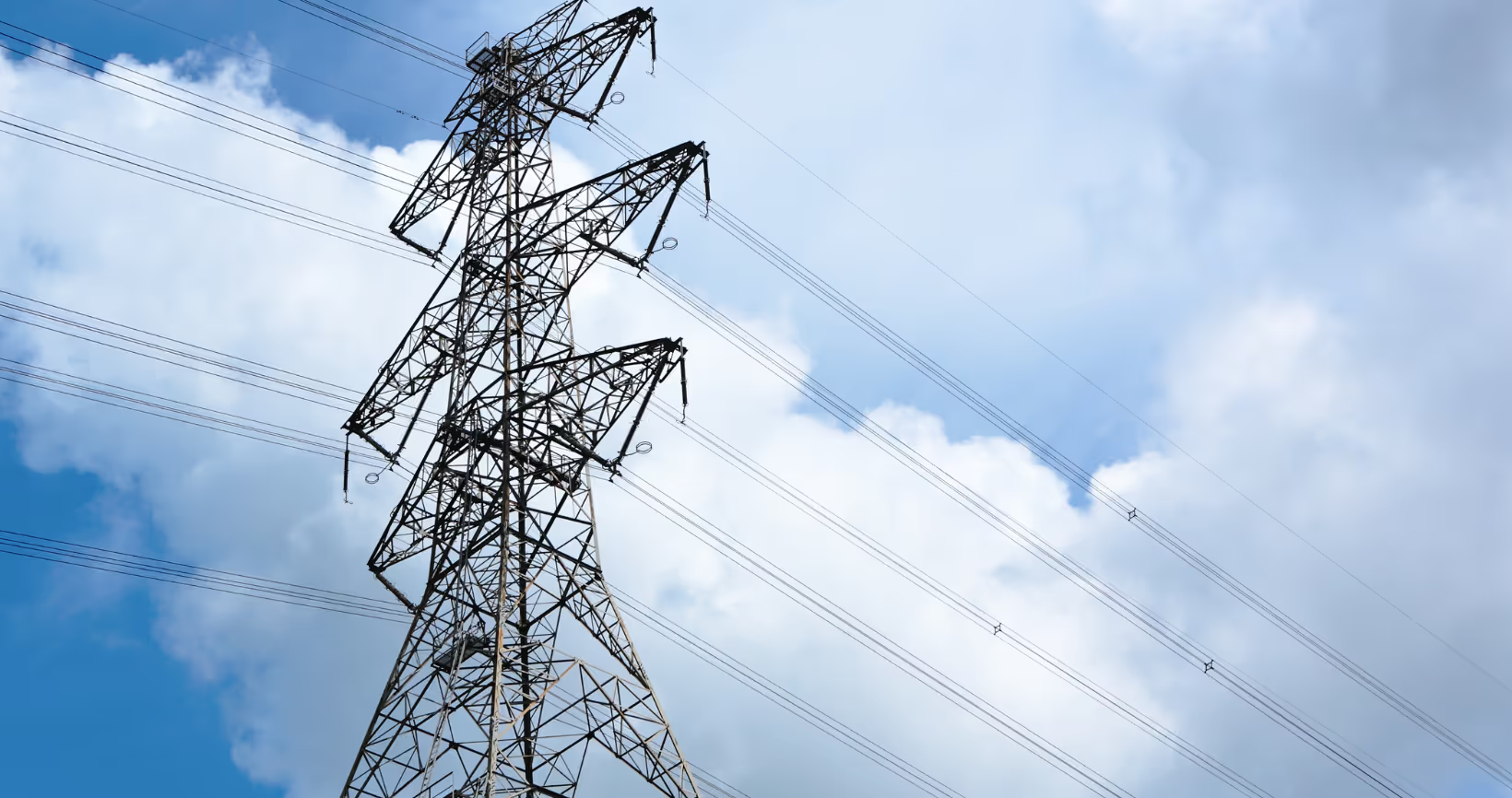
.avif)


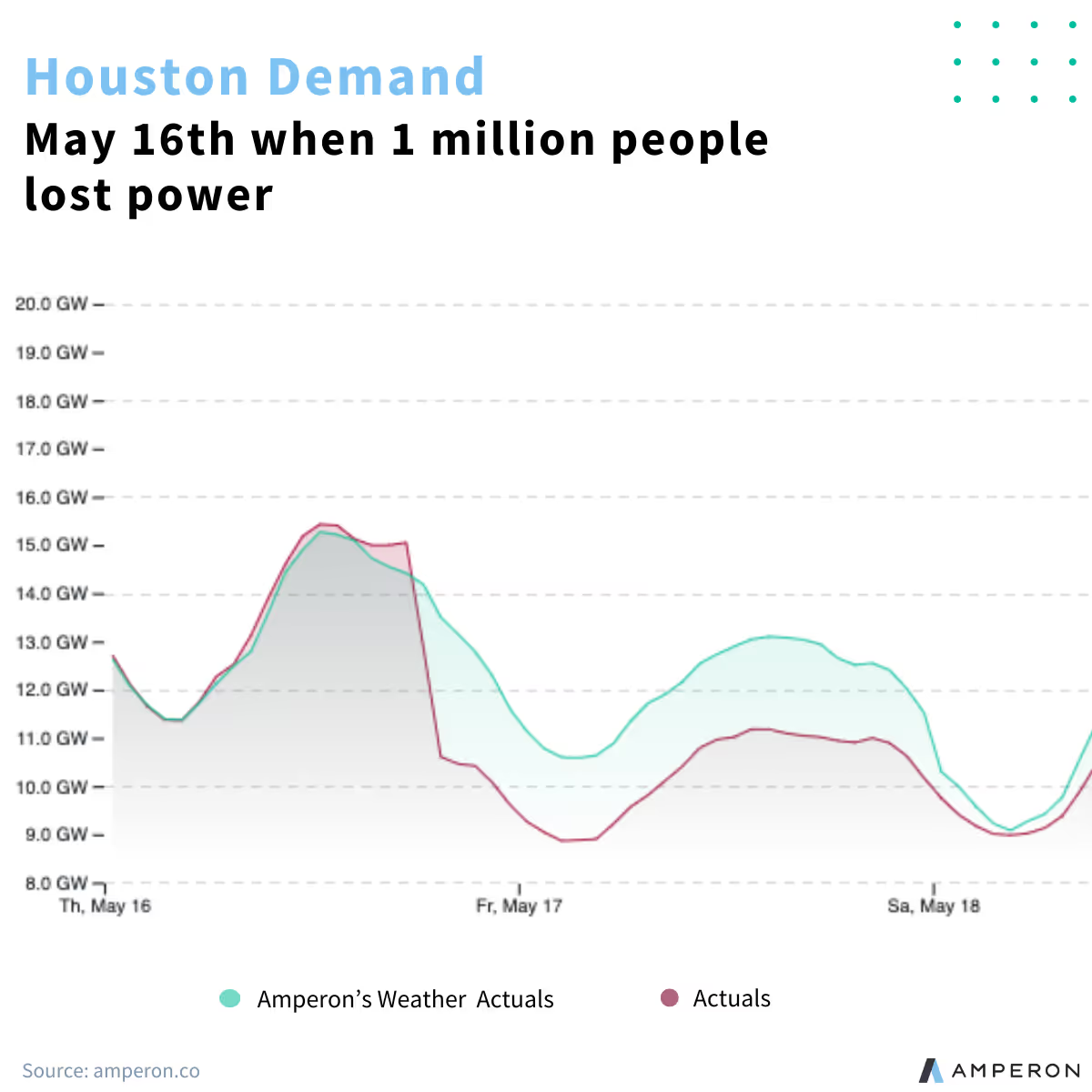


.avif)
.avif)



.avif)

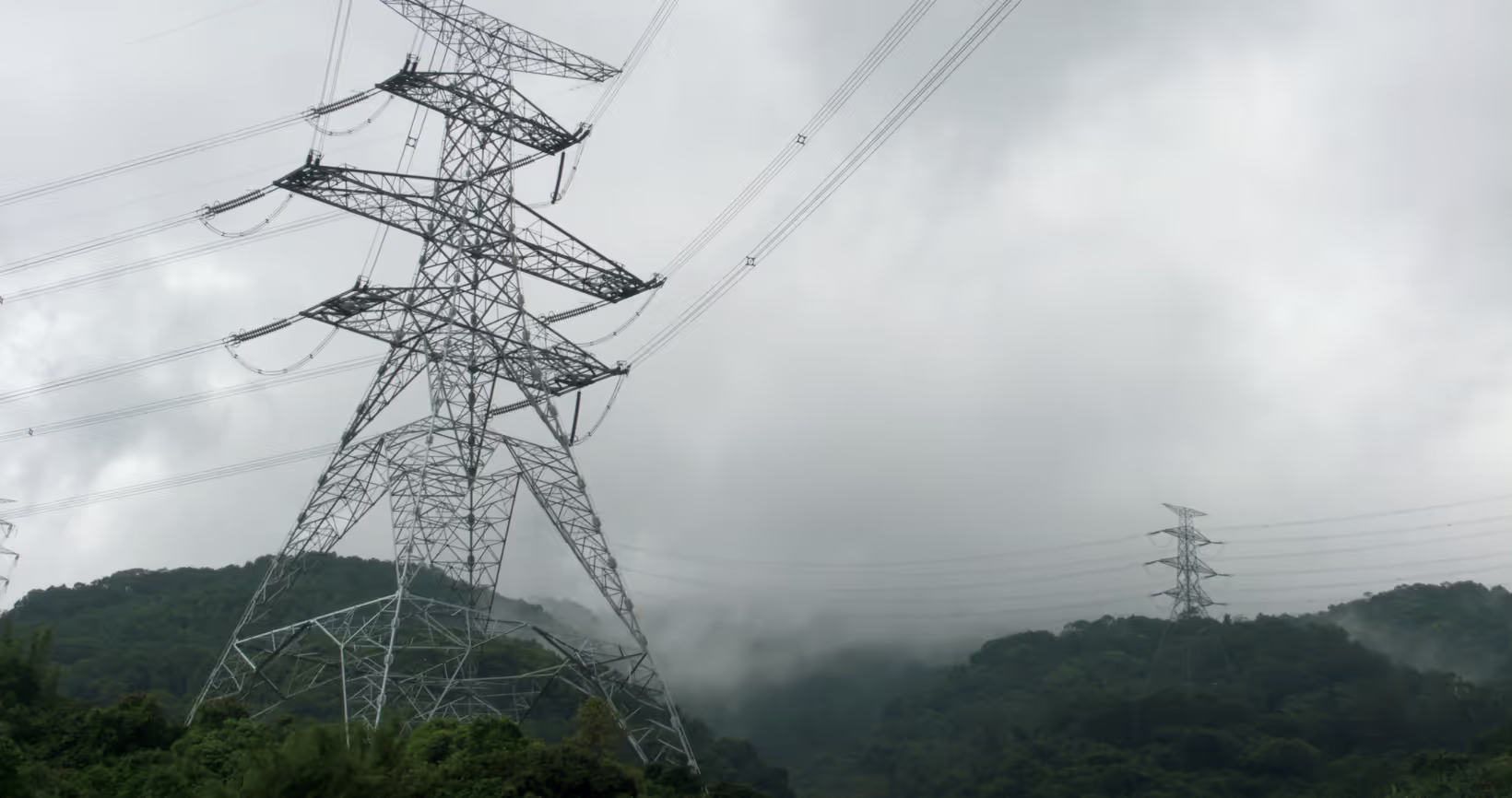


.avif)



.avif)



